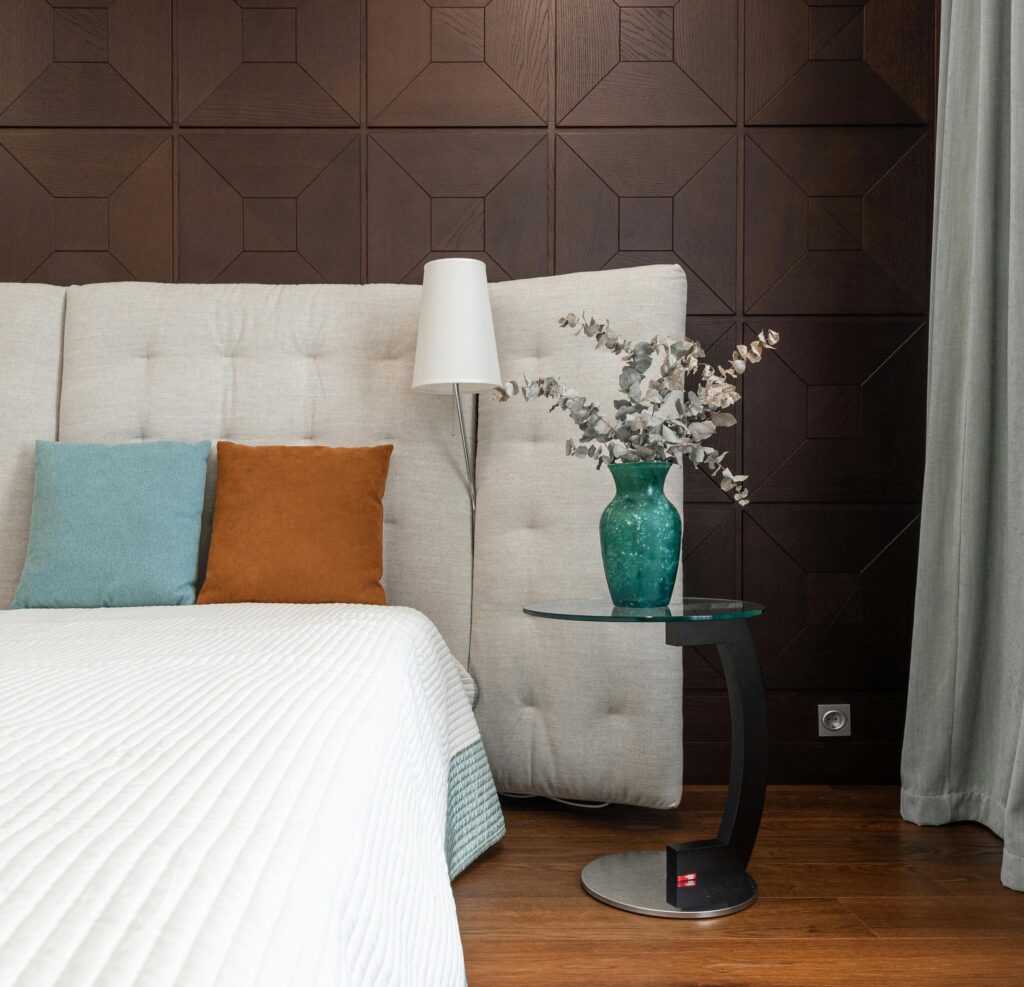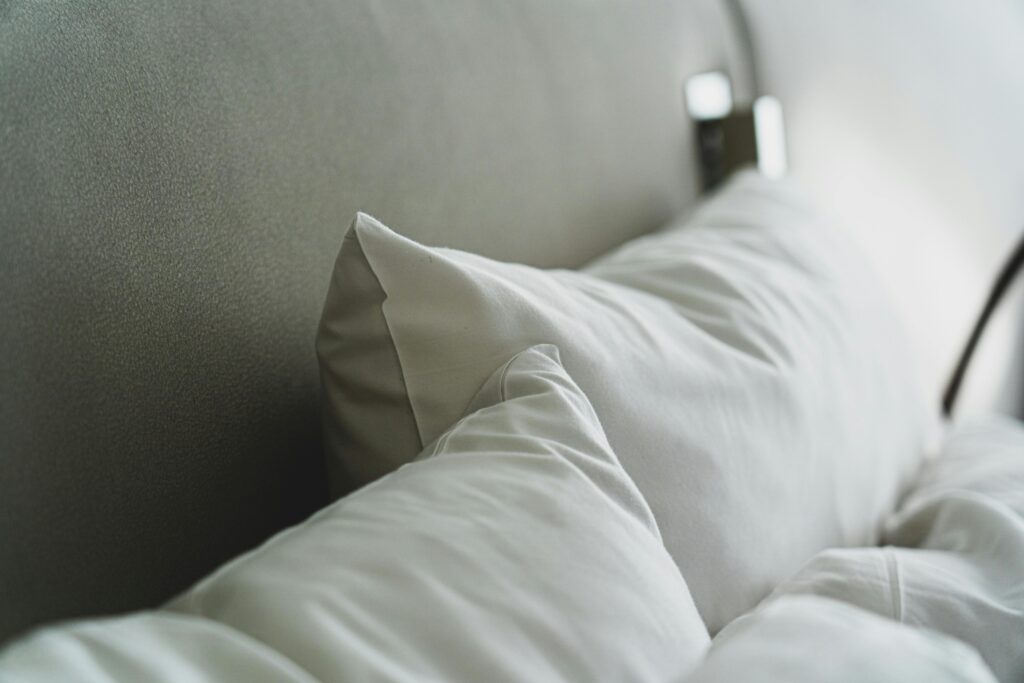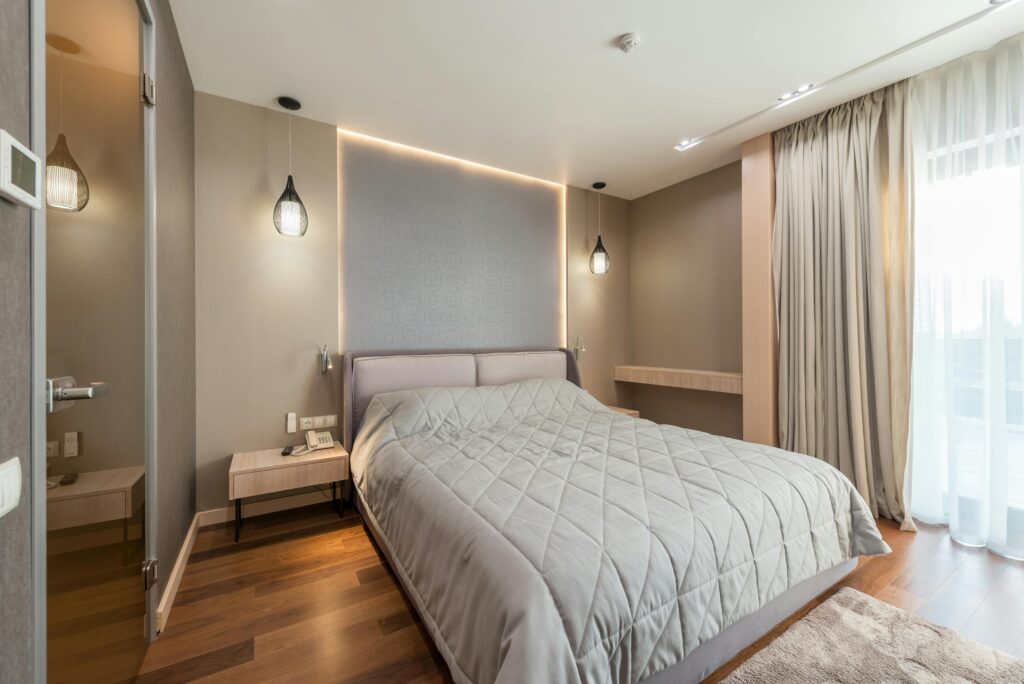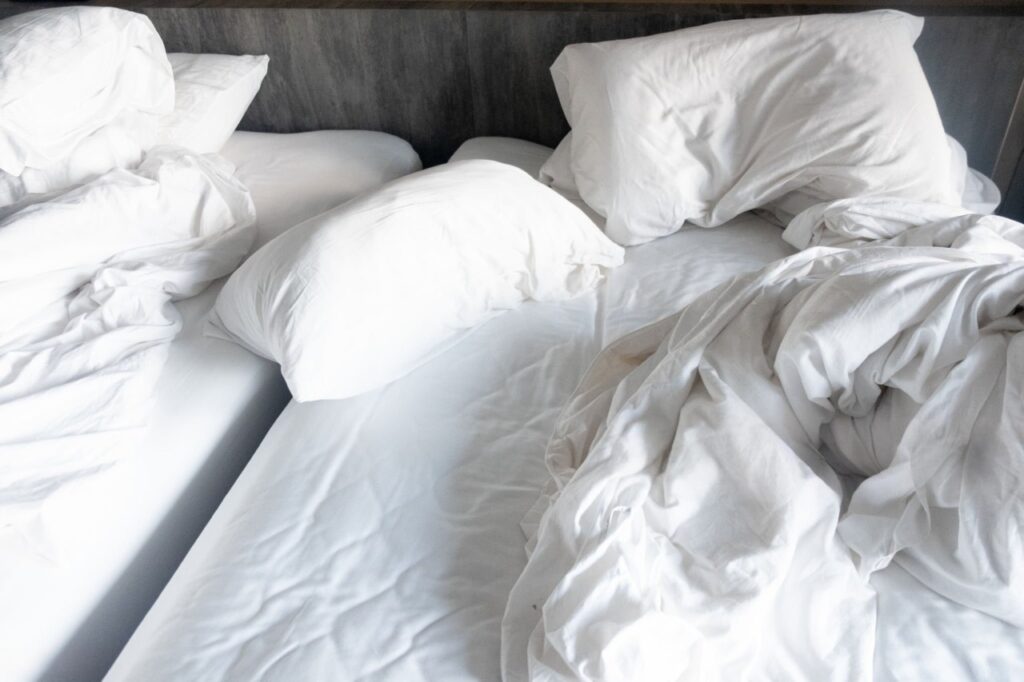
Struggling with night sweats? Discover the best bed sheets for hot sleepers in 2025—cool, breathable, and sweat-free. Our top picks include bamboo, Tencel, linen, and high-tech cooling fabrics for the ultimate comfort. Sleep cooler tonight!
I used to think night sweats were just my fate—some cruel joke my body played on me. Every night, like clockwork, I’d wake up at 3 a.m., tangled in damp sheets, my pillowcase flipped to the nonexistent “cool side,” the ceiling fan spinning uselessly above me. My partner, cocooned peacefully in the same bed, would mumble something about me being a “human furnace” before rolling over.
Then, one sweltering July night, I had enough.
I was on a mission: find the best bed sheets for hot sleepers—ones that would actually keep me cool, dry, and, most importantly, asleep. No more waking up feeling like I’d run a marathon in my sleep. No more throwing off blankets only to shiver and pull them back on an hour later.
This is the story of how I finally found sweat-free sleep—and the best bed sheets of 2024 that made it possible.
The Breaking Point

It all began during what locals were calling “the heatwave of the decade.” The kind of sweltering summer where even the air conditioning seemed to wave a white flag by midnight. Night after night, I’d toss and turn in a pool of my own sweat, my once-beloved cotton sheets transformed into a damp, clingy prison. What had always been perfectly comfortable winter bedding now felt like sleeping wrapped in plastic wrap fresh from the microwave.
I became desperate. My nighttime routine devolved into increasingly absurd experiments in temperature control. I tried sleeping au naturel (only to wake up stuck to myself). I took to freezing my pillowcases (which worked for exactly seven minutes before becoming warm, damp rags). At one particularly low point, I rigged up a jury-armed desk fan to blow directly into my face, resulting in what can only be described as “sleeping inside a wind tunnel” – complete with dry mouth and tangled hair, but no actual relief from the heat.
Then came the Google spiral. One bleary-eyed 3 AM search for “why am I so hot when I sleep” tumbled into hours of research about fabric properties, moisture-wicking technology, and the science of thermoregulation. I learned that my prized 800-thread-count sateen sheets – the ones that felt so luxuriously smooth – were actually my worst enemy. That silky finish? A heat-trapping weave designed for warmth, not breathability. The high thread count? More like a tightly-woven sweat sauna.
The revelation hit me like a bucket of ice water: I’d been sleeping wrong all along. My sheets weren’t just failing to help – they were actively working against my body’s natural cooling mechanisms. That’s when I declared war on night sweats and embarked on what my partner lovingly called “The Great Sheet Experiment of 2024.” No more guesswork. No more waking up looking like I’d run a marathon in my sleep. I was going to find the perfect cooling sheets if it was the last thing I did.
The Experiment Begins

For three long months, my life revolved around sheets in a way that would have made my pre-sweaty-sleep self laugh in disbelief. What started as a desperate attempt to stop waking up drenched turned into a full-blown obsession. My poor husband would find me standing in the linen aisle at 10 PM, rubbing fabric between my fingers like some sort of sleep-deprived textile psychic. “Feel this,” I’d demand, thrusting a corner of bamboo-cotton blend at him while shoppers gave us wide berth.
The experiment took over our bedroom – and our laundry room. At one point we had seven different sheet sets in rotation, each carefully labeled with sticky notes: “Linen – Night 3” or “Bamboo – Wash Cycle 5.” Our bed became a nightly science experiment, complete with temperature checks and moisture-wicking evaluations. I’d lie perfectly still like a vampire in a coffin, critically assessing whether my shoulders felt sticky or my feet were overheating.
Some nights were revelations. Like the first time I tried those outrageously expensive Tencel sheets. I woke up at my usual 3 AM sweat o’clock… only to realize I was actually comfortable. I actually cried a little. Other nights were comical disasters – like the “cooling” microfiber set that had me peeling them off at 2 AM like they were on fire, or the “breathable” organic cotton that might as well have been a plastic bag.
The low point came when I caught myself explaining warp versus weft threads to my very patient but thoroughly bewildered book club. That’s when I knew I’d gone too deep. But you know what? It was worth it. Because after 92 nights of testing (yes, I counted), I finally cracked the code on staying cool. And what I learned might just change how you sleep too…
1.The Linen Awakening
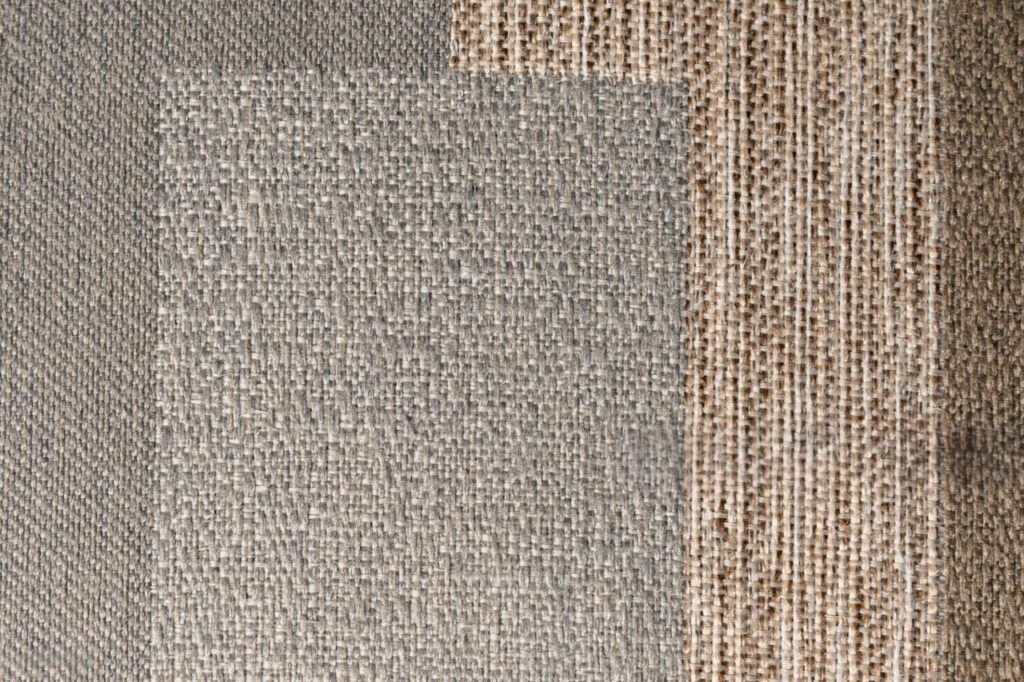
I remember that first night with linen sheets like it was yesterday. After weeks of research and reading countless glowing reviews, I finally splurged on a set from a heritage linen company. As I unpacked them, I’ll admit I was skeptical – the fabric felt stiff and looked wrinkled right out of the package. “This is supposed to be comfortable?” I muttered to myself while making the bed that evening.
But when I slipped between those sheets that night, something magical happened. The moment my skin touched the fabric, I felt an immediate difference – not the suffocating cling of my old cotton sheets, but a gentle, breathable embrace. It was like sleeping under a cloud with perfect ventilation. I actually laughed out loud when I woke up at 3 AM – not from sweating, but because I was shockingly comfortable.
The texture took some getting used to – that first night they felt crisp and slightly rough, like a well-worn cotton shirt fresh from the line. But there was something oddly comforting about that texture, like the sheets were honestly saying “I’m here to work, not just look pretty.” And work they did – somehow staying cool where my body was warm and warm where I was cool.
By the third wash, the transformation was remarkable. Those stiff sheets had softened into something that felt like they’d been part of my life for years, developing a drape and hand that only comes with time and use. The wrinkles that initially bothered me became part of their charm, each crease telling the story of a restful night’s sleep.
What surprised me most was how they handled moisture. After years of waking up damp and uncomfortable, I finally understood what “moisture-wicking” really meant. The linen didn’t just absorb sweat – it seemed to breathe it away, leaving me dry even on the most humid nights.
Now, months later, those linen sheets have become my sleep sanctuary. They’re not perfect – they’ll never have that crisp hotel-sheet look some people love, and they do require a bit of patience to break in. But for someone who spent years battling night sweats, they’ve been nothing short of revolutionary. The first bedding that’s truly worked with my body rather than against it.
2. Bamboo’s Silky Deception
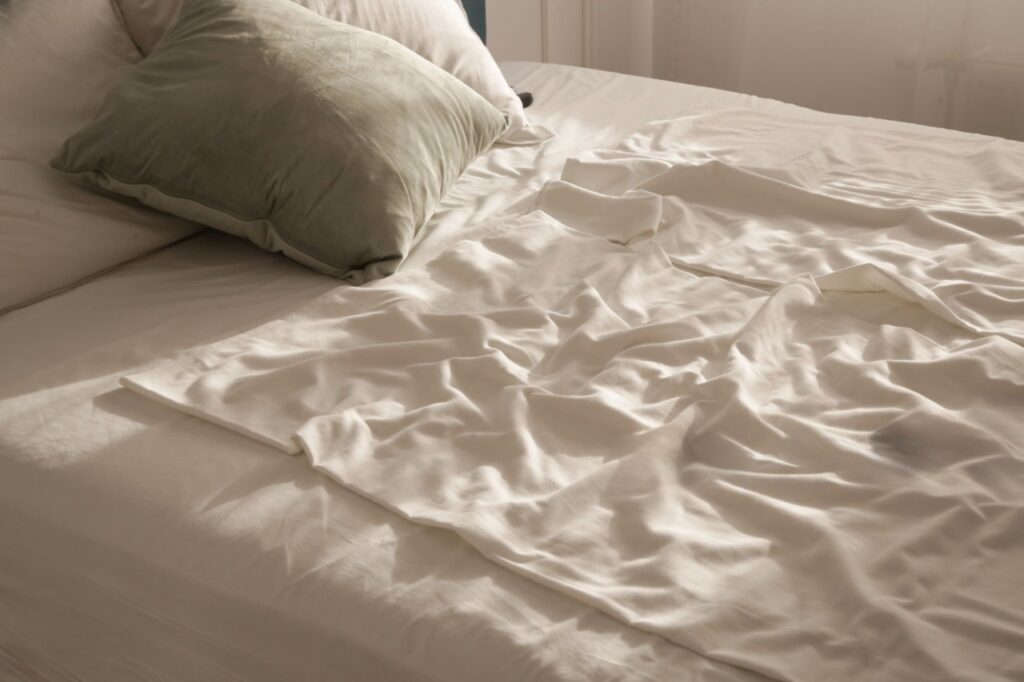
Next up: bamboo. I’d read rave reviews about how silky and cooling bamboo sheets were, so I splurged on a high-end set.
The moment I slid into bed, I understood the hype. These sheets were smooth—almost like silk but without the clinginess. They stayed cool to the touch, even as my body heat built up through the night. Unlike linen, they had a sleek, polished look, making my bed feel instantly more luxurious.
But there was a catch.
After a few weeks, I noticed some pilling in high-friction areas (like where my feet tend to rub). And while they were breathable, they didn’t wick moisture as aggressively as linen or Tencel. Still, for someone who wants softness and cooling, bamboo is a fantastic choice.
Verdict: If you want sheets that feel like a cool, silky hug, bamboo is your best bet. Just be prepared to baby them a little.
3. Tencel: The Unsung Hero
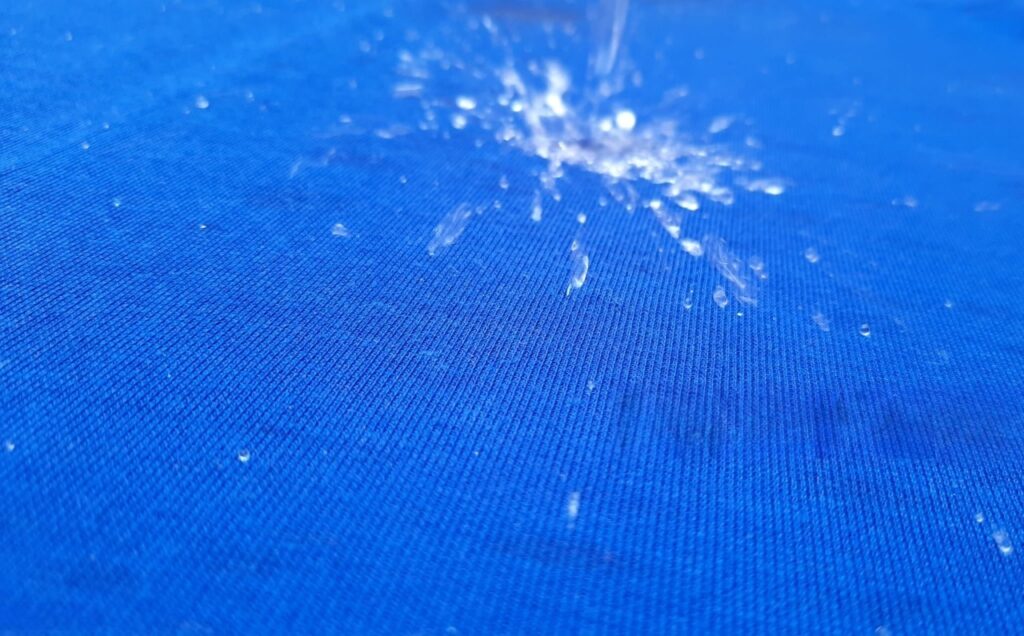
I remember rolling my eyes when my friend Emily wouldn’t shut up about her “miracle eucalyptus sheets.” “Tencel? Sounds like a robot vacuum,” I’d joked. But after another sweaty night wrestling with my cotton sheets, I caved and ordered a set—mostly so I could tell her they were overrated.
The package arrived smelling faintly herbal, like a spa crossed with a stationery store (apparently that’s the eucalyptus). I was skeptical—the fabric felt suspiciously silky, like it would trap heat. But that first night? Game. Changer.
I slid into bed and—whoa. Instant coolness, like the sheets had been stored in a fridge. Not just surface-level chill, but that “oh my god my thighs aren’t sticking together” relief. I woke up at 3 AM out of habit… only to realize I was dry. Not “kind of okay” dry. “Did I somehow stop sweating?” dry.
What shocked me most was how they handled moisture. Unlike linen (which I love but looks like I slept in a burlap sack) or bamboo (high-maintenance diva), these just… worked. Spilled water? Gone in seconds. Night sweats? Vanished before I even noticed. And when I pulled them wrinkled from the dryer, they somehow fixed themselves by the time I made the bed.
The catch? They feel almost too smooth at first—like you’re sleeping on expensive hotel sheets (because you are). And that eucalyptus smell fades after a few washes. But six months in, they’ve held up better than my bamboo set, with zero pilling despite my thrashing.
Final verdict: Tencel is the quiet MVP of hot sleepers. Not as trendy as linen, not as sexy as bamboo, but damn—they actually work. I still keep my linen for aesthetic nights, but when the humidity hits? I’m Team Tencel all the way.
(Emily, if you’re reading this: you were right. And I hate that.)
4. Percale Cotton: The Classic Cool
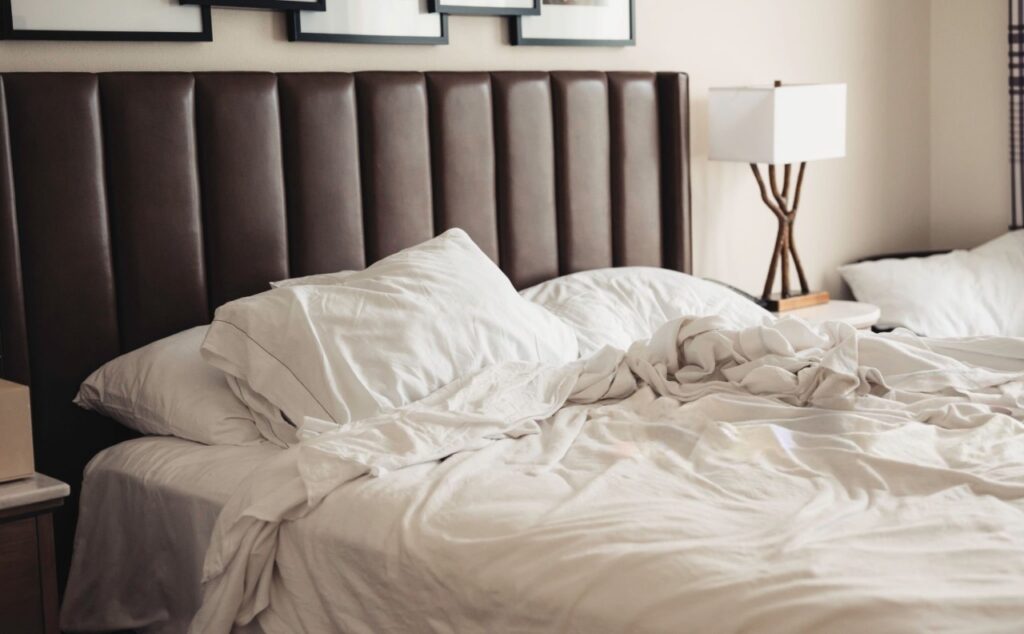
I swore I was done with cotton after years of waking up in a sweaty mess. Those “breathable” 800-thread-count sheets had betrayed me one too many times. But then I stayed at this boutique hotel in Portland where the bedding felt miraculously crisp and cool. When I asked the front desk what magic they were using, they shrugged: “Just good percale cotton.”
I ordered a set that week, fully prepared to return them. But sliding into bed that first night was like rediscovering an old friend – one who’d gotten their act together. The percale weave (which I now know is different from that heat-trapping sateen I used to buy) had this lightweight, almost papery crispness that actually let air move. It wasn’t the instant chill of Tencel or the rustic breathability of linen – more like sleeping in a perfectly broken-in cotton button-down shirt.
What surprised me most was how reliably they performed night after night. No special washing instructions, no delicate handling – just consistent, no-fuss comfort. They don’t have the exotic appeal of bamboo or linen’s Instagram aesthetic, but six months in, these have become my workhorse sheets. The fabric’s softened just enough while keeping that signature crispness, and I’ve yet to wake up drowning in sweat.
Turns out I didn’t hate cotton – I just needed the right weave. Percale’s like the reliable best friend of bedding – not the flashiest, but always there when you need it.
5. The Wildcard: NASA-Inspired Cooling Sheets
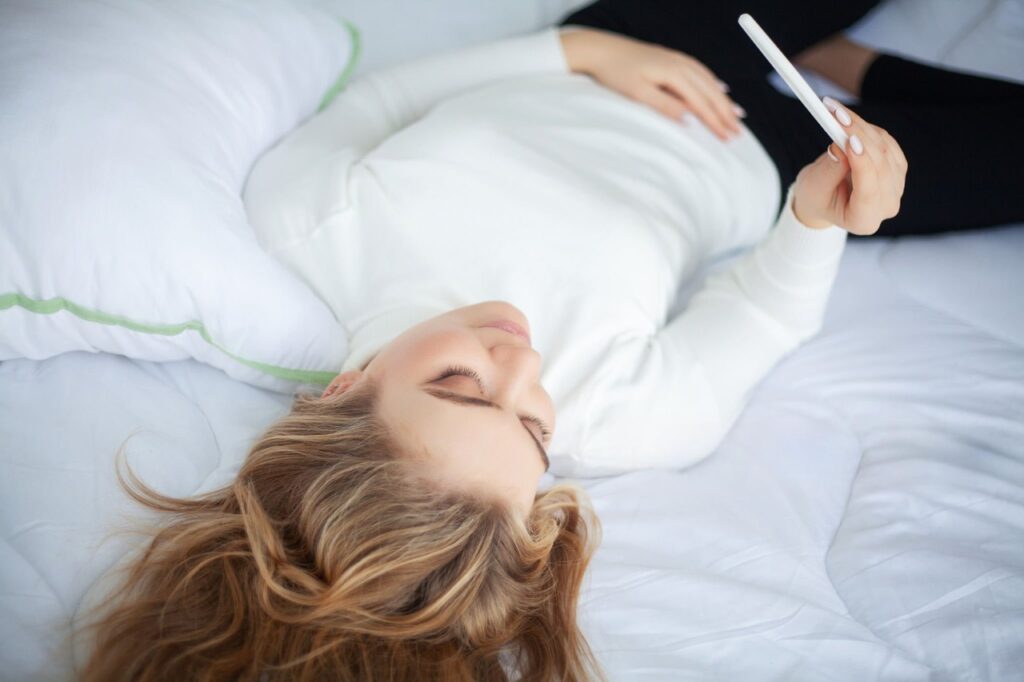
Okay, this one sounded gimmicky—but I had to try it. A brand called Slumber Cloud makes sheets with “temperature-regulating” technology originally developed for astronauts.
I’ll be honest: I didn’t expect much. But the first night I used them, I woke up actually cold. Not “I kicked off the blankets” cold, but “did someone leave the AC on?” cold. The fabric had a unique texture—almost like a very fine mesh—that seemed to pull heat away from my body.
The downside? They weren’t as soft as bamboo or Tencel, and the techy feel might not be for everyone. But if you’re an extremely hot sleeper, these could be revolutionary.
Verdict: A niche pick, but worth it if you sleep like a literal furnace.
Shop Now : Printed Bedsheet
The Winner? It Depends.
After months of testing, here’s what I learned:
- If you want the ultimate in breathability and don’t mind a relaxed look: Go with linen.
- If you crave silky softness with cooling benefits: Bamboo is your best friend.
- If you want high-tech moisture-wicking without the fuss: Tencel is the sleeper hit.
- If you love classic cotton but need it cooler: Percale is the answer.
- If you’re an extremely hot sleeper: Try NASA-inspired cooling sheets.
The Night Everything Changed
The real test came during another heatwave. This time, though, I was prepared. I’d switched to Tencel sheets, added a lightweight linen duvet, and even upgraded my pillowcases to bamboo.
That night, I slept through the night. No waking up drenched. No desperate flipping of pillows. Just cool, uninterrupted sleep.
My partner, who had long ago accepted my nightly overheating as a fact of life, stared at me the next morning. “You didn’t even kick the blankets off,” he said, incredulous.
I grinned. “I know.”
Final Thoughts
If you’re a hot sleeper, your sheets matter. The right fabric can mean the difference between a sweaty, restless night and waking up feeling refreshed.
After all my testing, my personal favorite is Tencel—it’s the perfect balance of cooling, softness, and easy care. But the best part? Now, I know what works for me—and I’ll never go back to sweating through the night again.
So, if you’re tired of waking up feeling like you’ve run a marathon in your sleep, take it from me: it’s time to upgrade your sheets.
FAQs
1. What is the best fabric for hot sleepers in 2025?
The best fabrics for hot sleepers are bamboo, Tencel (eucalyptus), linen, and percale cotton. These materials are breathable, moisture-wicking, and regulate temperature to keep you cool all night.
1. What is the best fabric for hot sleepers in 2025?
Yes! High-quality cooling sheets (like Tencel or moisture-wicking bamboo) pull heat and sweat away from your body, preventing that sticky, overheated feeling. Some even use NASA-inspired tech for extra cooling power.
3. Are expensive cooling sheets worth it?
If you’re a hot sleeper, absolutely. Cheap polyester or low-quality cotton traps heat, while premium fabrics like linen and Tencel are designed for airflow and sweat control. Investing in the right sheets can transform your sleep.

